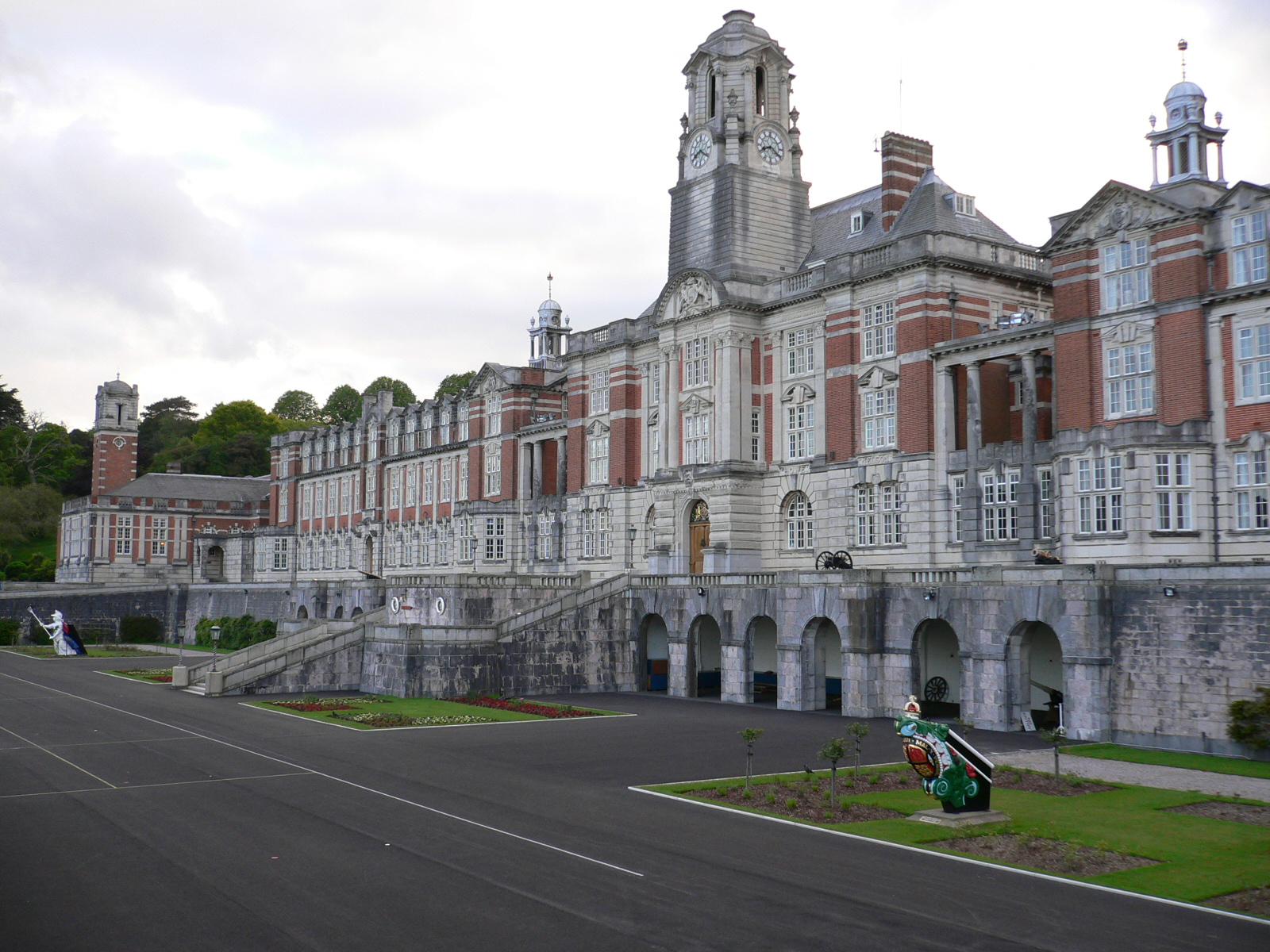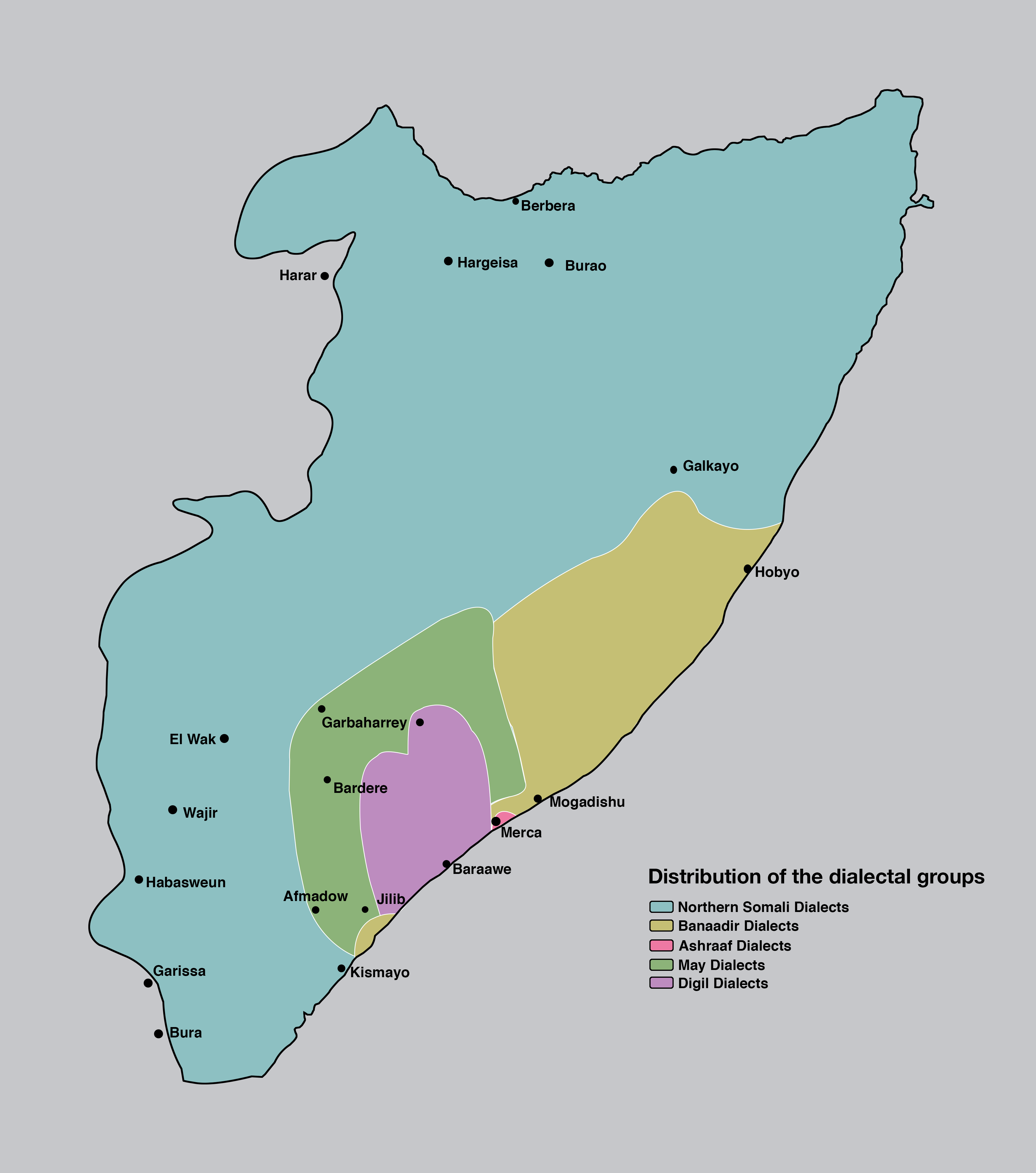|
Mohammad Ali Samatar
Mohammad Ali Samatar. (Arabic: ู ุญู ุฏ ุนูู ุณู ุชุฑ, Somali language, Somali: Maxamed Cali Samantar, Osmanya script: ๐๐๐๐๐๐๐๐๐๐ ๐๐๐ ๐๐๐๐๐๐; 1 January 193119 August 2016) was a Somalis, Somali military officer, politician, Commander-in-Chief of the Somali National Army, Ministry of Defence (Somalia), Minister of Defence, Vice President of Somalia, Vice President (1971-1990), Deputy General Secretary of the Somali Revolutionary Socialist Party, and Prime minister of Somalia, Prime Minister. He was known for his intelligent military tactics in the 1964 EthiopianโSomali Border War, Ogaden War and 1982 EthiopianโSomali Border War. Early years Samatar was born in 1931 in Kismayo, Somalia. For his post-secondary education, Samatar studied at the Frunze Military Academy in the former Soviet Union (ะะพะตะฝะฝะฐั ะฐะบะฐะดะตะผะธั ะธะผ. ะ. ะ. ะคััะฝะทะต), an elite institution reserved for the most qualified officers of ... [...More Info...] [...Related Items...] OR: [Wikipedia] [Google] [Baidu] |
Lieutenant General
Lieutenant general (Lt Gen, LTG and similar) is a military rank used in many countries. The rank traces its origins to the Middle Ages, where the title of lieutenant general was held by the second-in-command on the battlefield, who was normally subordinate to a captain general. In modern armies, lieutenant general normally ranks immediately below general (or colonel general) and above major general; it is equivalent to the navy rank of vice admiral, and in air forces with a separate rank structure, it is equivalent to air marshal. In the United States, a lieutenant general has a three star insignia and commands an army corps, typically made up of three army divisions, and consisting of around 60,000 to 70,000 soldiers. The seeming incongruity that a lieutenant general outranks a major general (whereas a major outranks a lieutenant) is due to the derivation of major general from sergeant major general, which was a rank subordinate to lieutenant general (as a lieutenan ... [...More Info...] [...Related Items...] OR: [Wikipedia] [Google] [Baidu] |
Supreme Revolutionary Council (Somalia)
The Supreme Revolutionary Council (SRC; , , ) was the governmental body that ruled Somalia from 1969 to 1976. In 1980, a state of emergency was declared and the SRC was reinstated. History Assassination of President and coup d'รฉtat On 15 October 1969, while paying a visit to the northern town of Las Anod, Somalia's then President Abdirashid Ali Shermarke was shot dead by one of his own bodyguards.Moshe Y. Sachs, ''Worldmark Encyclopedia of the Nations'', Volume 2, (Worldmark Press: 1988), p.290. His assassination was quickly followed by a military coup d'รฉtat on the afternoon of 21 October 1969 (the day after his funeral), in which the Somali Army seized power without encountering armed opposition. The putsch was spearheaded by Major General Mohamed Siad Barre, who at the time commanded the army. Establishment of revolutionary council Alongside Barre, the Supreme Revolutionary Council (SRC) that assumed power after President Sharmarke's assassination was led by Lie ... [...More Info...] [...Related Items...] OR: [Wikipedia] [Google] [Baidu] |
Politician
A politician is a person who participates in Public policy, policy-making processes, usually holding an elective position in government. Politicians represent the people, make decisions, and influence the formulation of public policy. The roles or duties that politicians must perform vary depending on the level of government they serve, whether Local government, local, national, or international. The ideological orientation that politicians adopt often stems from their previous experience, education, beliefs, the political parties they belong to, or public opinion. Politicians sometimes face many challenges and mistakes that may affect their credibility and ability to persuade. These mistakes include political corruption resulting from their misuse and exploitation of power to achieve their interests, which requires them to prioritize the public interest and develop long-term strategies. Challenges include how to keep up with the development of social media and confronting biase ... [...More Info...] [...Related Items...] OR: [Wikipedia] [Google] [Baidu] |
Military Officer
An officer is a person who holds a position of authority as a member of an armed force or uniformed service. Broadly speaking, "officer" means a commissioned officer, a non-commissioned officer (NCO), or a warrant officer. However, absent contextual qualification, the term typically refers only to a force's ''commissioned officers'', the more senior members who derive their authority from a commission from the head of state. Numbers The proportion of officers varies greatly. Commissioned officers typically make up between an eighth and a fifth of modern armed forces personnel. In 2013, officers were the senior 17% of the British armed forces, and the senior 13.7% of the French armed forces. In 2012, officers made up about 18% of the German armed forces, and about 17.2% of the United States armed forces. Historically armed forces have generally had much lower proportions of officers. During the First World War, fewer than 5% of British soldiers were officers (partly becaus ... [...More Info...] [...Related Items...] OR: [Wikipedia] [Google] [Baidu] |
Somalis
The Somali people (, Wadaad's writing, Wadaad: , Arabic: ) are a Cushitic peoples, Cushitic ethnic group and nation native to the Somali Peninsula. who share a common ancestry, culture and history. The Lowland East Cushitic languages, East Cushitic Somali language is the shared mother tongue of ethnic Somalis, which is part of the Cushitic languages, Cushitic branch of the Afroasiatic languages, Afroasiatic language family. They are predominantly Sunni Islam, Sunni Muslim.Mohamed Diriye Abdullahi, ''Culture and Customs of Somalia'', (Greenwood Press: 2001), p.1 Forming one of the largest ethnic groups on the continent, they cover one of the most expansive landmasses by a single ethnic group in Africa. According to most scholars, the ancient Land of Punt and its native inhabitants formed part of the ethnogenesis of the Somali people. This ancient historical kingdom is where a great portion of their cultural traditions and ancestry are said to derive from.Egypt: 3000 Years of ... [...More Info...] [...Related Items...] OR: [Wikipedia] [Google] [Baidu] |
Osmanya Script
Osmanya (, ), known in Somali as ''Far Soomaali'' (, "Somali writing") and in Arabic as ''al-kitฤbah al-สฟuthmฤnฤซyah'' (; "Osman writing"), is an alphabetic script created to transcribe the Somali language. It was invented by Osman Yusuf Kenadid, the son of Sultan Yusuf Ali Kenadid and brother of Sultan Ali Yusuf Kenadid of the Sultanate of Hobyo. Material written in the script is 'almost non-existent,' so it is difficult to describe its use with certainty. History While Osmanya gained reasonable acceptance for correspondence and bookkeeping at the local level, it met fierce resistance as a national script for several reasons: it was identified with the Majeerteen clan, who supported the Italian colonial government, rather than with the Somali nation as a whole view that has changed somewhat in the 21st century there was opposition to making Somali rather than Arabic the official language of the country, and in addition there was opposition to using any indigenous script rat ... [...More Info...] [...Related Items...] OR: [Wikipedia] [Google] [Baidu] |
Somali Language
Somali is an Afroasiatic languages, Afroasiatic language belonging to the Cushitic languages, Cushitic branch, primarily spoken by the Somalis, Somali people, native to Greater Somalia. It is an official language in Somalia, Somaliland, and Ethiopia; one of the two national languages in Djibouti; and a recognised minority language in Kenya. Somali is officially written in the Latin script (Somali Latin alphabet), with the Arabic script (Wadaad's writing) and several local scripts (Osmanya script, Osmanya, Kaddare script, Kaddare and Gadabuursi Somali Script, Borama scripts) being informally used.Lewis, I.M. (1958)The Gadabuursi Somali Script ''Bulletin of the School of Oriental and African Studies'', University of London, Vol. 21, pp. 134โ156. Classification Somali is classified within the Cushitic branch of the Afroasiatic family, specifically, Lowland East Cushitic languages, Lowland East Cushitic in addition to Afar language, Afar and Saho language, Saho. Somali is the bes ... [...More Info...] [...Related Items...] OR: [Wikipedia] [Google] [Baidu] |
Arabic
Arabic (, , or , ) is a Central Semitic languages, Central Semitic language of the Afroasiatic languages, Afroasiatic language family spoken primarily in the Arab world. The International Organization for Standardization (ISO) assigns language codes to 32 varieties of Arabic, including its standard form of Literary Arabic, known as Modern Standard Arabic, which is derived from Classical Arabic. This distinction exists primarily among Western linguists; Arabic speakers themselves generally do not distinguish between Modern Standard Arabic and Classical Arabic, but rather refer to both as ( "the eloquent Arabic") or simply ' (). Arabic is the List of languages by the number of countries in which they are recognized as an official language, third most widespread official language after English and French, one of six official languages of the United Nations, and the Sacred language, liturgical language of Islam. Arabic is widely taught in schools and universities around the wo ... [...More Info...] [...Related Items...] OR: [Wikipedia] [Google] [Baidu] |
Somali National Army
The Somali National Army () are the ground forces component of the Somali Armed Forces. Since Somali independence in 1960, the Army fought to expand and increase Somalia's sphere of influence throughout the Horn of Africa counter to Ethiopia's and Kenya's ambitions, because of this, Somalia had amassed large ground forces. After the fall of Mohammed Siad Barre the Armed Forces began an unsteady rebirth in the 21st century. History Origins The Somali National Army can trace its roots back to troops used by the Ifat Sultanate as the successful conquest of Shewa by the Ifat Sultanate ignited a rivalry for supremacy with the Solomonic dynasty. The Trust Territory of Somaliland established a national police force to defend the nascent Somali Republic's borders. A law to that effect was passed on 6 April 1960. Thus the Somali Police Force's Mobile Group (Darawishta Poliska or Darawishta) was formed. 12 April 1960 has since been marked as ''Armed Forces Day''. British So ... [...More Info...] [...Related Items...] OR: [Wikipedia] [Google] [Baidu] |
Somali Army Flag
Horn of Africa * Somali Peninsula, a region of East Africa, also known as "The Horn of Africa" * Somalis, an inhabitant or ethnicity associated with Greater Somali Region ** Greater Somalia ** Somali language, a Cushitic language ** Somali culture ** Somali cuisine ** Proto-Somali, the ancestors of modern Somalis ** Somali, plural of Somalo, former Somali currency * Somali Plate, a tectonic plate which covers the eastern part of Africa *Somalia, a country in the Horn of Africa * Somaliland, an unrecognised state in the Horn of Africa, recognised internationally as de jure part of Somalia * Somali Region, a Somali-inhabited region of Ethiopia * North Eastern Province (Kenya), a Somali-inhabited region of Kenya Other uses * Somali, a member of the Somalia Battalion, a pro-Russian military group. * , a British destroyer * Somali cat, a cat breed * Somali, a character in the manga series '' Somali and the Forest Spirit'' See also * * * Proto-Somali Proto-Somalis were the ancien ... [...More Info...] [...Related Items...] OR: [Wikipedia] [Google] [Baidu] |




